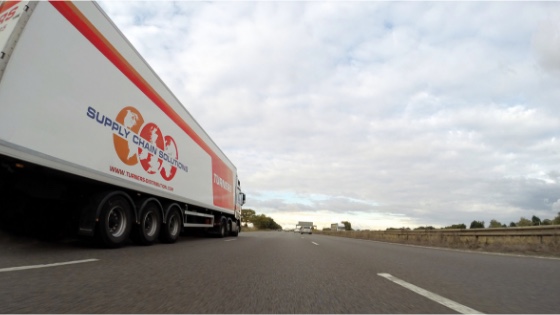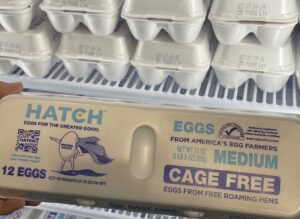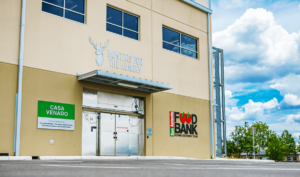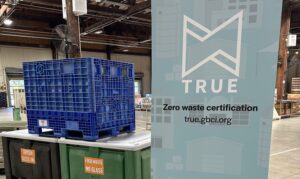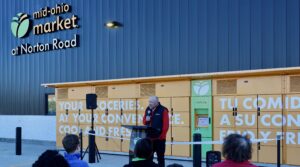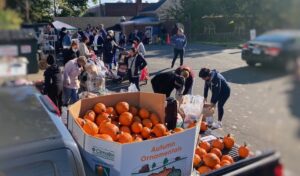It didn’t take long for John Whitaker to confirm that his idea for diverting food headed for the landfill was a keeper. After investing only $10,000, Whitaker accepted his first load of perfectly good food saved from the dump. It was worth $33,000.
Following a nearly 30-year career in the retail grocery business, Whitaker, the Executive Director of the Midwest Food Bank of Indiana, was familiar with the many reasons that quality food might get rejected by a grocer. And he felt bad for truckers saddled with the rejected loads. Nobody wanted to see the food go to waste, but dumping it was usually the cheapest and easiest way for the truckers to be able to move quickly onto the next job.
That’s until Whitaker, working with the Indy Hunger Network and the Indiana Motor Truck Association, came along with his exceedingly simple idea: The Food Drop website lists the locations and contact info of food banks in the Indianapolis area that are available to take loads of food, including details about their receiving hours and capacity. The website is free for truckers to use, while food banks pay a nominal fee of $100 to get listed on the site.

Food — much of it fresh produce and protein — that would have been wasted is now flowing steadily and easily into the food banks. Whitaker says his food bank alone is experiencing a 30% increase in produce intake. “We think it’s a direct result of the program,” he said.
Truck drivers benefit nearly as much as the food banks. They get help unloading their food, the satisfaction of knowing it is going to good use, savings from dumping fees, and even a tax deduction. In addition, reusable containers that normally would have been thrown out along with the rejected product are now getting second lives at the food banks.
Food Drop started in 2017 as a small experiment among four Indianapolis food banks. The pilot brought in 87,000 pounds of fresh produce, valued at more than $146,000. At the end of 2018, the program expanded into a statewide effort involving nine food banks. Whitaker noted that about one million trucks drive through Indiana every day, and capturing even a small portion of rejected loads could have a big impact on addressing food insecurity.
Food Drop bills itself as a 24-hour, seven-day-a-week service, though it has some help in fulfilling those hours. A handful of 24/7 warehouse businesses in the area have offered to accept loads during off-hours on behalf of food banks, giving them a way to engage philanthropically with the community. While participating food banks are encouraged to have a plan for accepting after-hours drop-offs, Whitaker noted that, even if the back-up plans don’t work out, valuable loads of fresh produce are “well worth 20 minutes of your time, no matter what time of day it is.”
Even before the creation of Food Drop, Midwest Food Bank had a close relationship with the Indiana Motor Truck Association. Given that its biggest expense is transportation, Midwest developed a program in which trucking trainees via the association pick up loads of food from local companies. “So now locally we rarely pick up from larger companies in Indianapolis,” Whitaker said, “and we’re helping to train new truckers in the community.”
Looking forward, Whitaker wants to spread the word about Food Drop among the trucking community and also nail down the metrics on exactly how much waste it is saving, and food it is contributing. Already, the program is expanding across state lines, with Midwest’s Illinois division looking to start its own version. “Every state could benefit,” Whitaker said. “We don’t want to own it. We want to share.”
